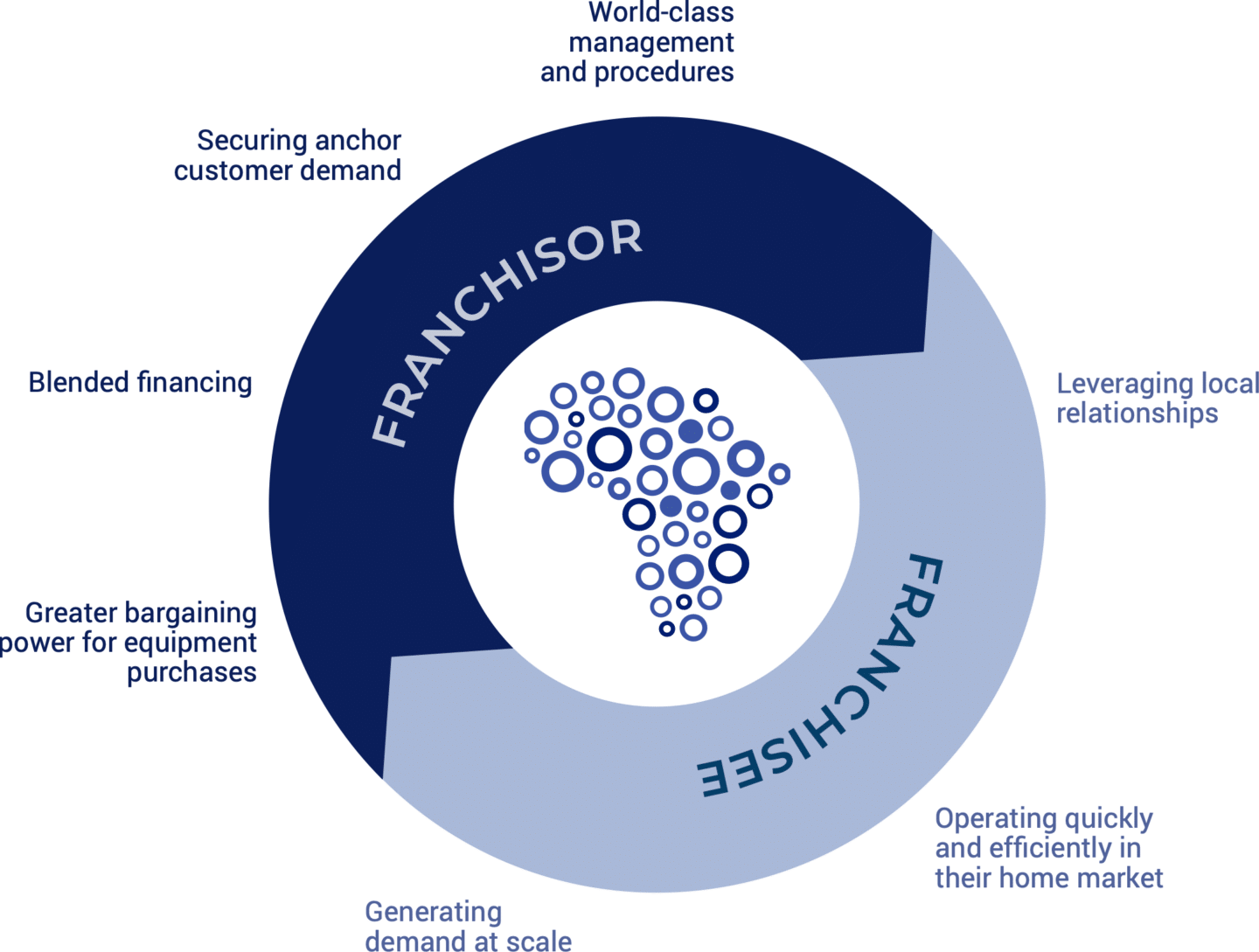A sustainable, resilient oxygen infrastructure for COVID and beyond
We are building Africa’s largest network of oxygen entrepreneurs to address the supply gap in medical oxygen generation and distribution across the continent.
The oxygen shortage in Sub-Saharan Africa
Even before COVID, Sub-Saharan Africa (SSA) suffered an immense shortage of medical oxygen for treating conditions like pneumonia, postpartum hemorrhage and infant respiratory distress. The region’s annual supply averaged 4 million cubic meters, a stark shortfall compared to an estimated need of 40+ million cubic meters per year. COVID has unsurprisingly widened this gap, with demand exceeding 50 million cubic meters per year as the pandemic persists.
The opportunity of franchising oxygen supply
ITT is building a multi-country franchise business in SSA, The Oxygen Hub, increase medical oxygen supply to underserved peri-urban areas and small/mid-sized towns. Oxygen Hub works with local entrepreneurs in Sub-Saharan Africa to power the production and distribution of affordable medical oxygen by building a distributed Pressure Swing Adsorption (PSA) infrastructure.

The franchisor supports entrepreneurs with financing, equipment leasing and management support. As the entrepreneurs demonstrate consistent success, they will take over ownership of the assets. With initial focus on underserved peri-urban areas and small/mid-sized towns, distribution will gradually expand into rural areas via a hub-and-spoke model.
This effort will tackle short-term COVID demand while building a resilient, locally-owned-and-managed infrastructure to deal with ongoing medical needs. We’ve started in Kenya, Nigeria and Ethiopia and plan to expand across the continent. Over the next 3 years, our business model will drive a 3-5x increase in SSA’s oxygen supply and lay the foundation for future growth.



